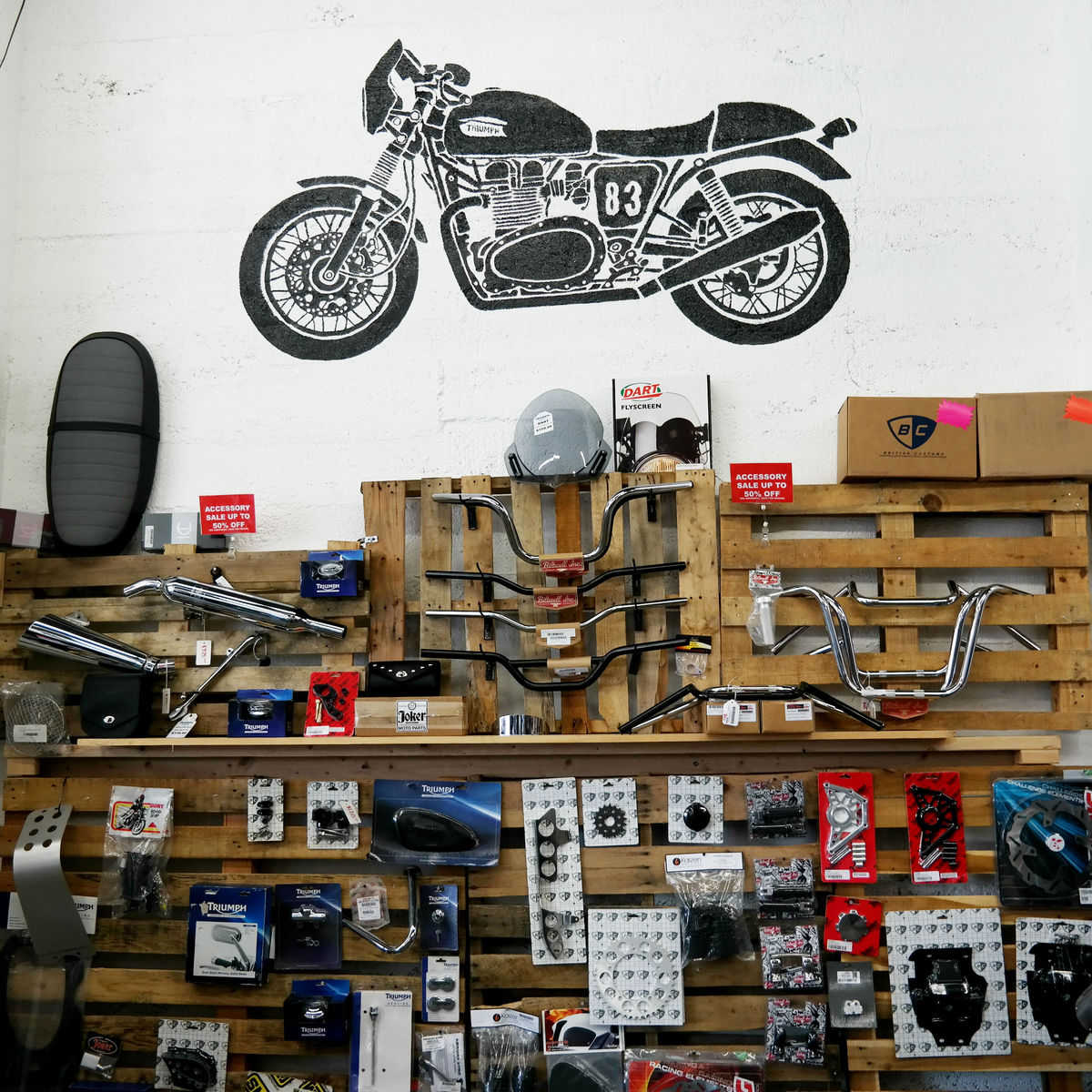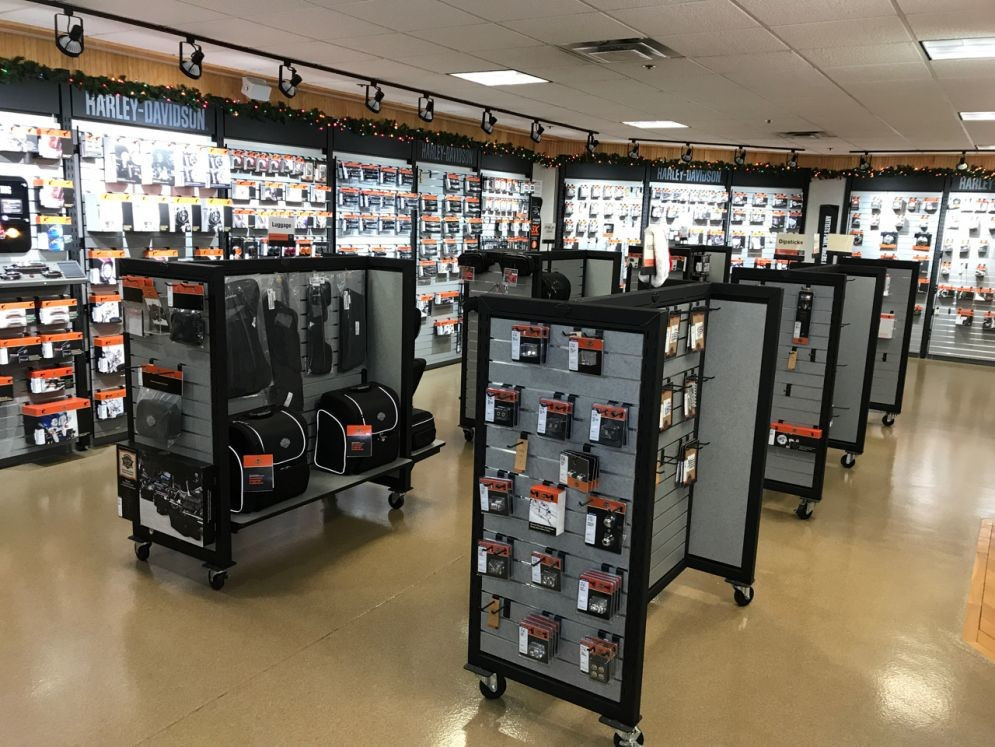Necessary Motorcycle Parts NZ for Peak Performance and Safety And Security
Mastering Bike Gears: Just How to Enhance Your Riding Experience
In the realm of motorcycling, mastering the art of gear control is essential for improving your riding efficiency. Appropriately understanding and using motorbike equipments can substantially impact gas, control, and acceleration performance, transforming a typical ride right into a smooth, exciting trip.
Comprehending Equipment Mechanics
Exactly how do the complexities of gear auto mechanics affect motorbike performance? At the core of motorbike characteristics, equipment auto mechanics play a critical function in transforming engine power right into motion, inevitably determining rate and control. Gears, diligently crafted parts, permit cyclists to maximize torque and rate, ensuring a smooth shift via various surfaces and rates. The equipment proportions, thoroughly developed, identify the partnership in between engine transformations and wheel turns, affecting acceleration and fuel performance.
Understanding gear technicians starts with recognizing the significance of the transmission, which houses several equipments of differing sizes. These equipments communicate through a procedure referred to as meshing, where teeth of various gears involve to transmit power. The accuracy of this interaction is essential; any type of misalignment or damages can lead to ineffective power transfer, hindering efficiency. Additionally, the setup and size of equipments affect the motorbike's ability to deal with various tons and speeds.
Moreover, the idea of equipment shifting is indispensable to making the most of efficiency. Timely and smooth changes ensure that the engine operates within its optimum power band, avoiding unneeded strain and improving long life (mx parts nz). By understanding these mechanical complexities, motorcyclists can achieve a harmonious blend of control, efficiency, and power, raising their riding experience
Timing Your Changes
Shift timing mastery is necessary for optimizing motorbike efficiency and boosting the riding experience. Properly timed shifts make certain that the engine runs within its optimum power band, which is critical for preserving control, attaining smooth velocity, and ensuring the longevity of the motorcycle. Bikers should establish an instinctive sense of when to change equipments, which involves recognizing the partnership in between engine changes per minute (RPM) and rate.
To master change timing, pay very close attention to the engine's audio and feel, as these offer important clues about when to transform equipments. When the engine approaches the upper range of its power band without getting to the redline, the excellent change point typically takes place - moto parts nz. Changing prematurely can result in a lack of power, while changing as well late may create unnecessary engine strain
In addition, road conditions and riding design influence shift timing. As an example, in metropolitan settings, smoother and more constant shifts may be necessary to browse web traffic efficiently. In contrast, throughout highway riding, less shifts at greater rates can be better. Exercising in varied settings will improve your ability to time shifts specifically, eventually boosting your riding experience to an expert level.
Enhancing Gas Efficiency
While grasping bike gears is vital for performance, improving gas performance is equally crucial for both financial and environmental factors. Optimal gas intake not only minimizes functional costs however also lessens the eco-friendly footprint of riding. To achieve this, one should recognize the intricate connection in between equipment selection and engine performance.
Riding in a greater equipment at reduced speeds can lead to engine lugging, which is harmful to both fuel economy and engine wellness. Conversely, riding in reduced gears at high rates results in unneeded gas intake.
Furthermore, normal upkeep plays an essential function in fuel efficiency. Ensuring that the bike is well-tuned, with tidy air filters and correctly inflated tires, can reduce and improve aerodynamics fuel wastage. Adopting a riding design that accepts steady acceleration and smooth deceleration can add to better gas economic climate.

Strategies for Smooth Transitions
Attaining smooth equipment shifts is fundamental to enhancing the riding experience and ensuring the longevity of a motorbike's transmission system. Proper equipment shifting not just contributes to a seamless adventure however also decreases deterioration on the mechanical elements. To understand the art of smooth shifts, cyclists need to concentrate on a couple of essential techniques.

Secondly, clutch control plays an essential duty. Engaging and disengaging the clutch smoothly needs technique. The clutch lever ought to be launched progressively, permitting a smooth transfer of power from the engine to the wheels without creating a shock or abrupt motion.

Adjusting to Roadway Problems
Navigating diverse roadway conditions is a crucial skill for any motorcyclist aiming to keep electric motorcycle shop near me control and safety and security. Whether you're riding on damp surfaces, crushed rock roads, or browsing sharp turns, your capability to adjust your gear usage and riding method is extremely important. Understanding exactly how to change your equipments appropriately can dramatically influence grip and security, making certain a much safer journey.
In comparison, when riding on gravel or unequal terrain, lower gears are more effective. Reduced gears give better control and permit you to react more swiftly to unexpected modifications in the roadway surface area.
Sharp contours require accurate gear management to balance speed and control. Downshifting prior to entering a curve can aid keep energy while ensuring the motorbike remains steady throughout the turn. Regular practice in different problems boosts your ability to react and forecast to modifications in roadway texture and slope.
Verdict
Understanding motorcycle gears substantially enhances the riding experience by enhancing acceleration, control, and gas effectiveness. Adjusting gear option to different roadway conditions, such as using higher gears on wet surfaces and lower continue reading this gears on crushed rock, more boosts handling and safety.
Comprehending gear auto mechanics starts with acknowledging the importance of the gearbox, which houses several equipments of varying sizes. These gears communicate with a process understood as meshing, where teeth of different equipments involve to transfer power (moto parts nz). Gentle changes to the throttle during equipment changes can prevent jerky movements and maintain a consistent riding pace
Whether you're riding on wet surface areas, crushed rock roadways, or browsing sharp turns, your ability to adjust your gear use and riding strategy is paramount. Adjusting gear option to various road problems, such as making use of higher gears on damp surface areas and lower gears on crushed rock, more boosts handling and safety.